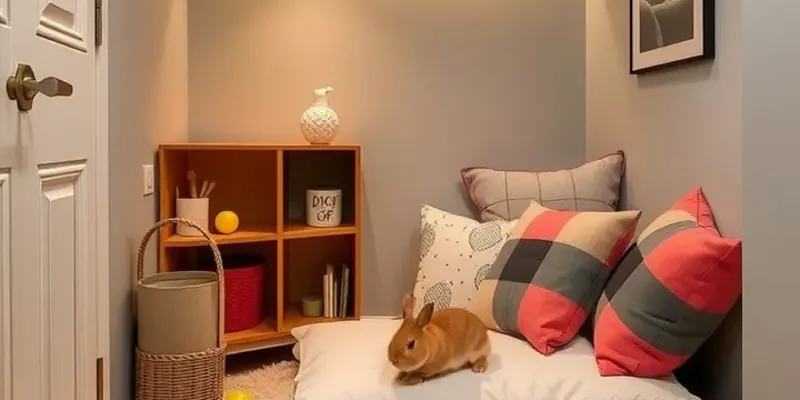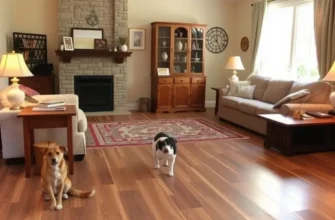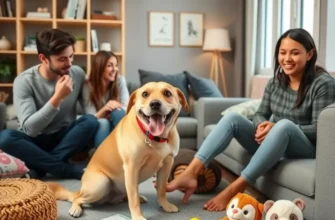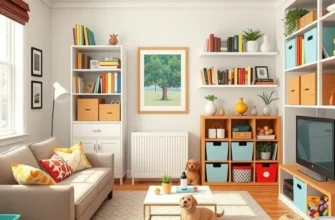Living in an apartment brings unique challenges, especially when it comes to caring for small animals. Families, couples, and renters often face the dilemma of wanting a pet while ensuring their living space remains safe, comfortable, and accommodating for everyone. Understanding how to provide the essential care your pets need within the confines of an apartment is crucial – but fear not! This guide breaks down the steps you need to take in order to create a harmonious living space where both pets and children can thrive. We will explore practical strategies and tips that cater specifically to apartment living, ensuring your furry friends are well taken care of without sacrificing the comfort of your home. From pet-friendly decor to training essentials and safe environments, let’s make your apartment a haven for your small animals and your family.
Creating a Safe and Inviting Environment for Small Animals
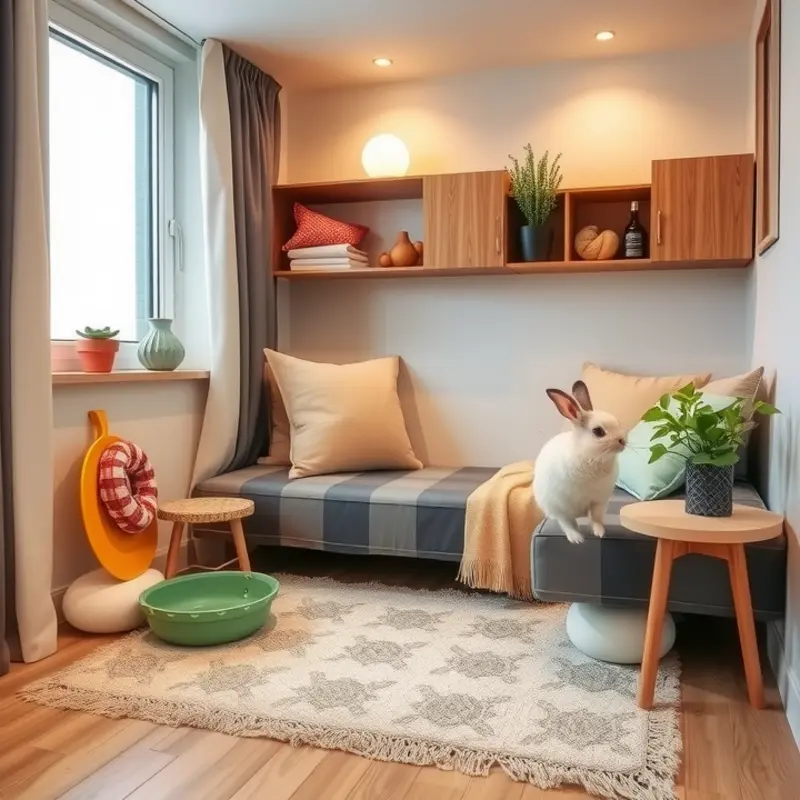
Adapting an apartment to accommodate small animals involves thoughtful adjustments to ensure their safety and comfort. Start by pet-proofing your home, a crucial step to protect both pets and your belongings. Cover all electrical cords with protective tubing and secure loose wires with cable organizers to prevent chewing hazards. Check for small gaps in flooring or walls where pets might wander into unsuitable areas.
Organizing the living space is another key aspect of creating a welcoming environment for your pets. Ensure that your apartment has distinct zones for eating, sleeping, and playing, which correspond to a pet’s daily needs. Choose an area that is away from windows and direct sunlight for their habitat to avoid temperature fluctuations. For those with particularly active pets, consider using decks or furniture tops to add multiple vertical layers for exploration in a constrained space.
Choose the right accessories for each zone. Soft, washable bedding enhances your pet’s sleeping area, offering comfort and warmth. For stimulation, select toys that encourage mental and physical activity. Opt for interactive toys to keep your pets engaged when you’re occupied or away. Rotating toys prevent boredom and stimulate curiosity.
Maintaining cleanliness is vital for the health of small animals, demanding special attention to their bedding and living area. Regular cleans help prevent odors and maintain hygiene, which is crucial for the well-being of both pets and humans. Consider easily removable rugs to protect your flooring from any spills or messes, an idea that’s particularly fitting for renters, as explored in renter-friendly rug solutions.
Engage your small pets with environmental elements that mimic their natural settings. Put potted plants of safe varieties within their view to replicate a more natural environment. Introduce pieces of wood or climbing structures to simulate a terrain akin to the wild, but ensure they are securely positioned to prevent accidents.
Finally, noise calibration in your space ensures an optimal environment for small pets. Loud sounds can be distressing, especially in compact living conditions. Use curtains or cushions to absorb sound, keeping the noise level as gentle as possible. This consideration further cements your home as a sanctuary for your animal companions.
Through mindful modifications, your apartment can transform into a cozy haven for small animals. These changes not only promise a secure habitat but also enrich the lives of these little companions, ensuring you handle pet challenges with ease.
Fun and Engaging Activities for Small Pets

Keeping small animals entertained in an apartment requires creativity and understanding their natural behaviors. Enrichment activities are crucial for mental stimulation and overall happiness of pets like hamsters, guinea pigs, and rabbits. These activities should cater to their instincts and can be adjusted to fit small living spaces.
Understanding the natural habits of your pet is the first step. Hamsters enjoy activities that stimulate their burrowing and exploring instincts. Create a DIY maze using cardboard boxes to provide a safe environment for them to explore. Cut out tunnels and hide small treats at different points in the maze to encourage foraging behavior.
For guinea pigs, floor time is essential. Designate a safe, enclosed area where they can roam freely and socialize. Adding tunnels, hideouts, and chew toys made from non-toxic materials will offer endless fun. Create simple toys using toilet paper rolls and hay, which can double as chew toys to help wear down their teeth.
Rabbits need more space to hop and play. Set up obstacle courses with low ramps and hoops to jump through, catering to their agility. Engage them with toys like balls they can nudge and toss. Simple DIY toys, like pinecones or untreated wood sticks, can keep them entertained for hours.
Creating interactive toys at home can be simple and cost-effective. Use cardboard rolls as nesting spots or chew toys for rabbits and guinea pigs. Stacking these rolls can also create lightweight structures that guinea pigs can knock over, simulating natural burrowing experiences. When choosing materials, ensure they are safe and non-toxic, avoiding sharp edges or small parts that could be ingested.
Social interaction is as important as physical activity. Spend time with your pets daily to strengthen your bond and fulfill their social needs. Talking softly, gentle petting, or letting them sit with you during relaxed activities can greatly reduce stress levels in small animals.
If you’re planning to integrate pet-friendly furniture or modify even small spaces, exploring small bedroom ideas can offer insights into maximizing space use efficiently without compromising your pet’s play area.
Though small, these activities play a significant role in keeping your pets mentally engaged and content. Providing variety in their routines prevents boredom and reduces negative behaviors, creating a nurturing environment where small animals can thrive comfortably in apartment living.
Final words
Providing care for small animals in an apartment doesn’t have to be daunting. With the right strategies and thoughtful planning, you can create a safe and enjoyable home for both your pets and your family. Remember that playtime, engagement, and a secure environment are vital for your small furry friends to thrive. By embracing the unique aspects of apartment living and actively participating in your pet’s well-being, you can cultivate an atmosphere of love and comfort for all.

